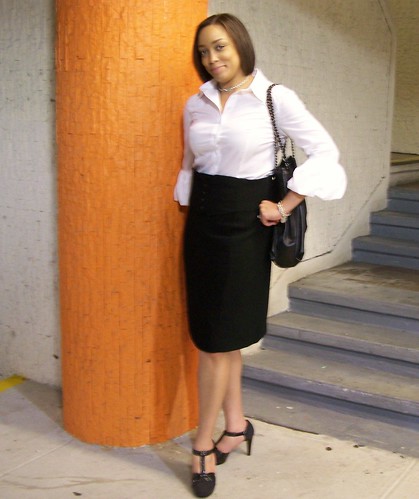Prelim Evaluation

We made changes in the way that we Incorporated our brief, instead of using a room we used a lift as part of our mise en scene.
Our Prelim did not have any connection with our final film, but it gave us a chance to explore the different ways of creating an effective Thriller with minimal props,characters and mise en scene. This short film is about a girl who is waiting for a lift to the 4th floor, she is unaware that she is going to take a trip with a murderer who kills his victims if they are not to take a stop at the forth floor.
Filming our prelim was quite difficult because we filmed it in college where many students where around. This made is difficult to incorporate certain things in our film because we where not able to go to certain floor because too many students where there and this would have distracted our filming.
Although we have not used the same idea for our final title sequence, we have used the same sub genre which is Psychological thriller. We have played with the idea manipulating an everyday object/routine of using the lift into a thriller aspect.
Sound;
Our film did not have any Non diegetic sounds, this was mainly because of the time we had on our hands. This was both an advantage and a disadvantage because, without non diegetic sounds it is harder for us to set the mood of the film. The advantage of not using these is that our dialogue was clear. With more time to edit our film, our film would have had sound effects for certain sounds in the film e.g. Smoke puff, lift opening, the lift being opened. This would have been very effective because it would have given us the opportunity to amplify or distraught certain sounds to create an uneasy feeling.
Edit;
I would not say our editing is at its best, a lot of our shots cut suddenly and not smoothly. If we wanted to fix this we could use different transitions to fit with our clip. We effectively used Match cut to show a mid shot of one of the characters smoking into a close up of him inhaling the smoke. We used the flashback effect by rewinding the beginning so that our character is doing things backwards then this fades into our next shot. This makes is seem as though our character's life has been rewinded to show the events before he was smoking.
During the first part of the film we see a person smoking yet the way things happen in these two shots is backwards. This plays with the idea of making the normal abnormal, which is the main element we have stuck which in our final film.
Mise en scene;
We have used casual clothing, this represents that the characters each are following their own agenda of their daily routine. The casual clothing also show a representation of their age (teenagers) and period of time (21st century). The lighting in all of the shots is natural without edits, this was one of the areas of our film we where disappointed with. The natural lighting made different shot which where meant to link together not fit smoothly. The characters use different body language to reveal aspects of their character...
This character connotes someone very shy
or someone who is scared. This is shown
through their lack of eye contact.
This character connotes a happy person
or someone who is very confident shown;
through his smile and eye contact.
Camera;
We used close ups to get the facial expressions of the characters in reaction to new surroundings and certain dialogue. Over the shoulder shot to show the two character's conversation, the main reason of doing this is we get to see how the character is being impacted by what is being said by the other. Low and high angle shots are used to show the status of the characters, also used to emphasise the fear one has towards the other. We use camera tilt to build suspense at the end of the film, the character talks down someone/ something not shown on the screen. A dead body is slowly revealed in a slow tilt down.


Camera,Edit, mise en scene and Sound all play a very big part in effectively creating suspense in our film. The mistakes and errors and also the skills and techniques used in our prelim will go on to be used in our final film.

















 Mascara,Lipgloss,eyeliner liquid and pencil and foundation.
Mascara,Lipgloss,eyeliner liquid and pencil and foundation.






























